Learn how to be SunSmart by enjoying the sun safely. Skin cancer is the most common cancer in Aotearoa New Zealand. Along with Australia, we have the highest melanoma skin cancer rates in the world.
How can I protect my skin?
The cause of over 90% of skin cancer is too much exposure to ultraviolet (UV) radiation from the sun.
You can take steps to protect yourself, your whānau, and your community from harmful UV radiation by:
- being SunSmart (Slip, Slop, Slap, and Wrap)
- creating sun-protective environments and events in your community
- supporting our campaigns calling for more shade in public spaces and requiring safety standards for all sunscreen products.
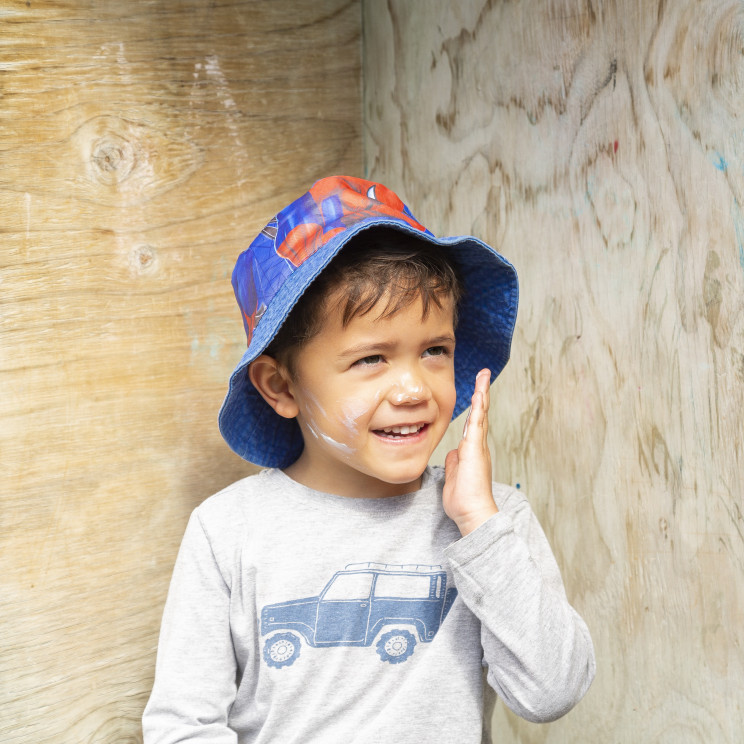
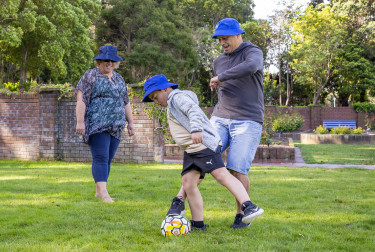
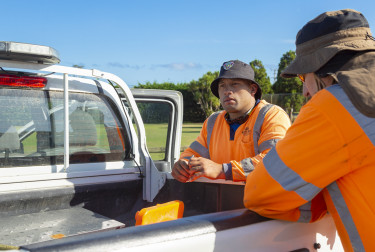
How can I be SunSmart?
Follow our Slip, Slop, Slap and Wrap guidelines to reduce your exposure to UV radiation:
Slip on clothing / Kuhunga he kākahu parekiri
Slip on clothing that covers as much skin as possible, such as:
- a shirt with a collar and long sleeves, trousers, or long shorts or skirts
- fabrics with a tighter weave and darker colours will give you better protection
- some clothing will have an Ultraviolet Protective Factor (UPF) on the label. We recommend clothing that complies with the AS/NZS 4399:2017 standard.
Slip into the shade /Whakaritea he wāhi marumaru
Slip into the shade of a leafy tree, building or shade sail. Plan your outdoor activities for early and later in the day when the sun's UV levels are lower.
Slop on sunscreen / Pania he kirīmi pare tīkākā I mua I te putanga ki waho I te whare
Slop on plenty of broad-spectrum, water-resistant, sunscreen of at least SPF 30. Ensure the AS/NZ 2604 standard is on the label.
Do not rely on sunscreen alone – make sure you Slip, Slop, Slap and Wrap too!
Sunscreen protection depends on the correct application. Make sure you:
- apply 20 minutes before you go outdoors
- reapply every two hours or after being in water or sweating
- the average sized adult should apply 1 teaspoon to each arm, and to the face (including the ears and neck); and at least a teaspoon to each leg, the front of the body, and the back of the body. That's 7 teaspoons for a full-body application.
- make sure kids apply their sunscreen correctly
- check the expiry date on your sunscreen and make sure you store it in a cool, dark place (below 30°C).
Slap on hat / Whakamauria he pōtae whānui te peha
Slap on a hat that protects your face, head, neck and ears. More people are sunburnt on the face and neck than any other part of the body.
Broad-brimmed, bucket or legionnaire hats are best. We don't recommend caps.
We recommend hats that comply with the AS/NZS 4399:2017 standard.
Wrap on sunglasses / Kuhunga he mōwhiti rā
Wrap on close-fitting, wrap-around style, sunglasses.
Not all sunglasses protect against UV radiation, so make sure they meet the Australian/New Zealand Standard (AS/NZS 1067:2016).
Don't use sunbeds
Sunbeds (solaria) emit artificial UV radiation. Using sunbeds significantly increases your risk of melanoma (a serious form of skin cancer).
The Cancer Society advises against using sunbeds. It is illegal for people under the age of 18 to use commercial sunbeds.
When to be SunSmart
Protect yourself when you're outside from September to April, especially between the hours of 10am - 4pm when UV radiation levels are often very high.
Protect yourself all year round when:
- UV Index (UVI) level is 3 and above
- you are in the mountains, on the water, or around reflective surfaces like snow, ice, concrete and sand
- you have a health condition (such as an autoimmune disease or are an organ transplant recipient), or taking medicines (such as antibiotics) that make you sensitive to the sun.
Download the free UVNZ app or check the Sun Protection Alert to find the forecasted UVI level for your area. The UVI is a measure of the level of UV radiation from the sun.
Babies and sunscreen
Babies' skin is very fragile so try to keep them out of direct sunlight. This is especially important between 10am and 4pm from September to April.
Babies should be protected by shade, clothing and broad-brimmed hats.
Sunscreen should only be used on small areas of a baby's skin and should not be the only form of protection from the sun.
If you do use sunscreen on a baby make sure it is labelled for sensitive skin or suitable for children.
Do a 'patch test' before applying a new sunscreen. Apply a small amount of sunscreen on the inside of the forearm for a few days to check if the skin reacts, before applying it to the rest of the body. If any unusual reaction occurs, such as skin redness, swelling, itching or blistering, stop using the product and see your doctor. Some people can also develop an allergic reaction to sunscreen after repeated use.
We don't recommend use of sunscreen on babies under six months. They should be kept in the shade as much as possible.
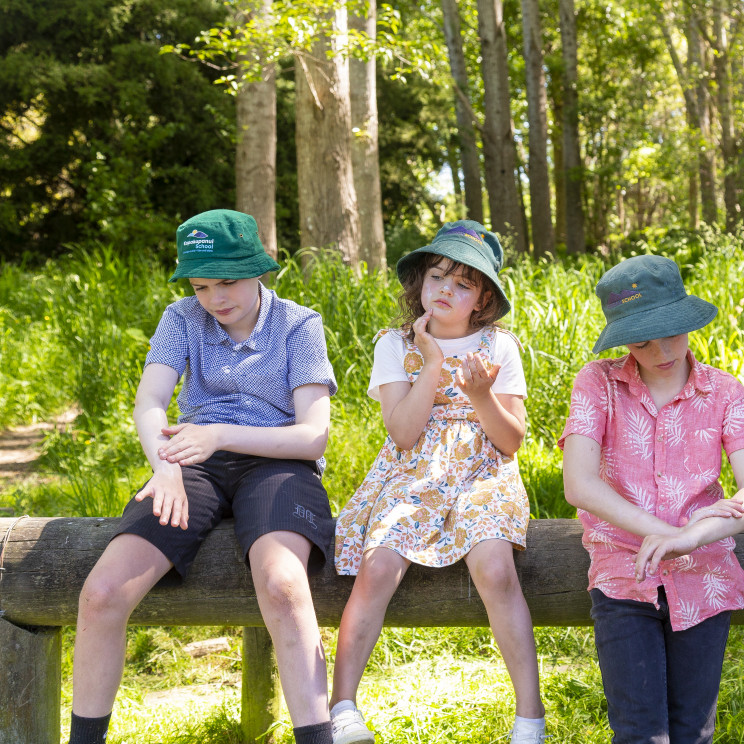
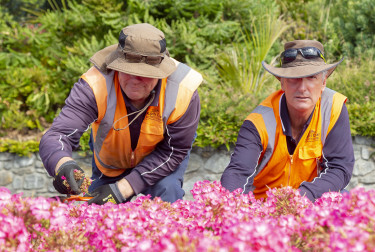
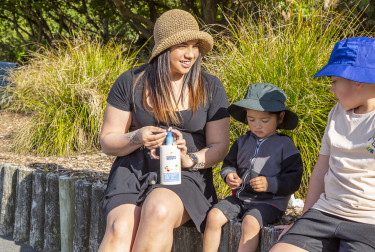
How to check your skin for changes
Check your skin by looking over your entire body regularly. You're looking for changes to or new spots or moles on your skin.
Skin cancers can be in places you cannot see yourself, so you may need to ask someone to help you check or use a hand mirror.
Remember to check places that might not normally get exposed to the sun, such as:
- your armpits
- behind your ears
- your scalp
- the bottom of your feet
- your fingernails and toenails
It is a good idea to keep track of how spots and moles look, so you know if they have changed since you last checked your skin.
If you notice any changes in your skin changes or your general health, talk to your doctor.
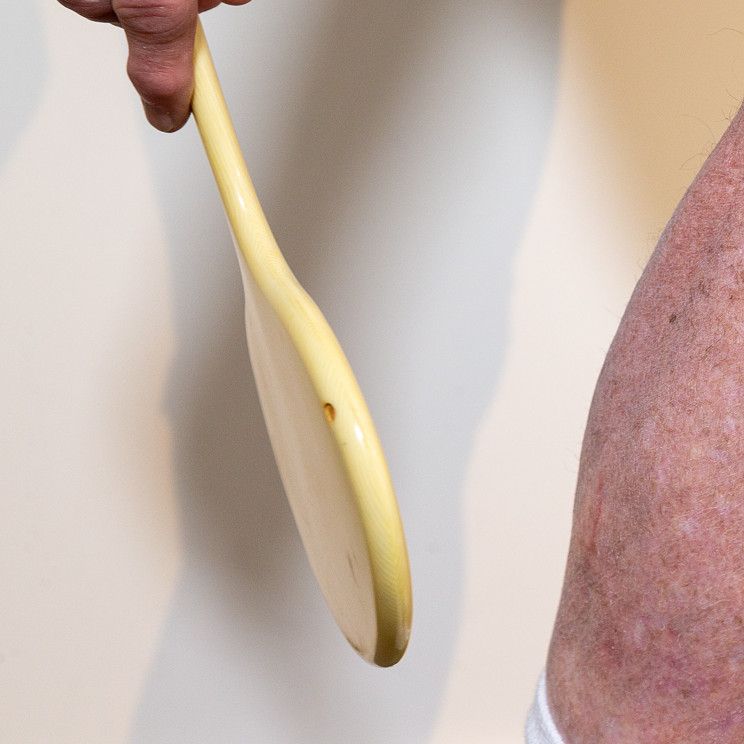
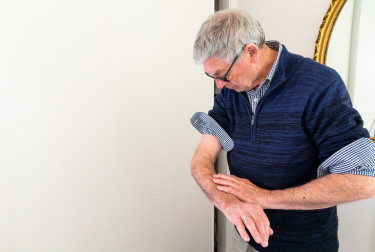
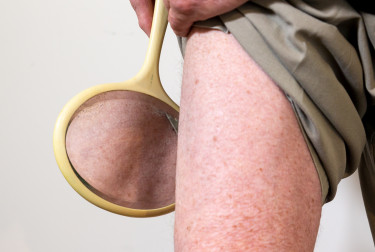
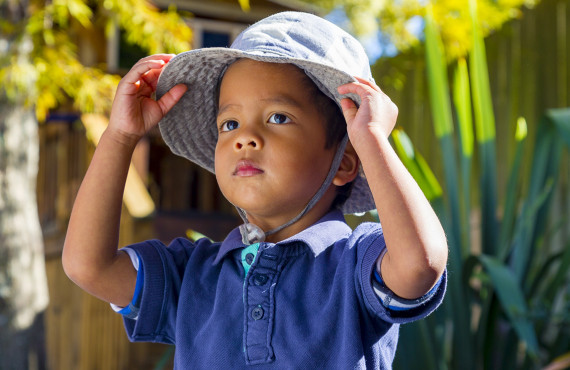
You can champion change in your local community by creating sun-protective environments in your comm…
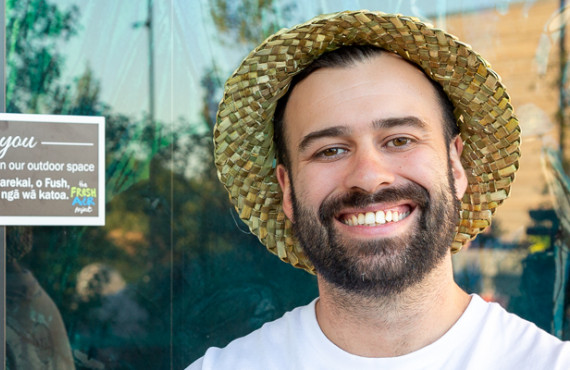
We advocate on behalf of the community to help improve health outcomes for people with cancer and th…
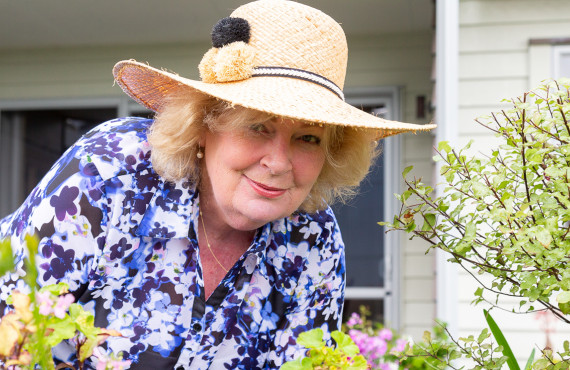
Melanoma of the skin is the most serious of the three common types of skin cancer.
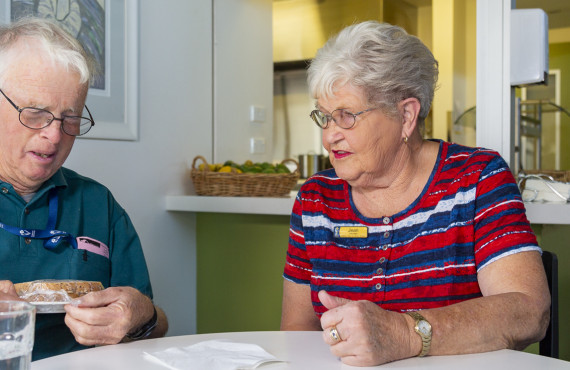
Skin cancers are the most common cancers diagnosed in Aotearoa New Zealand.
